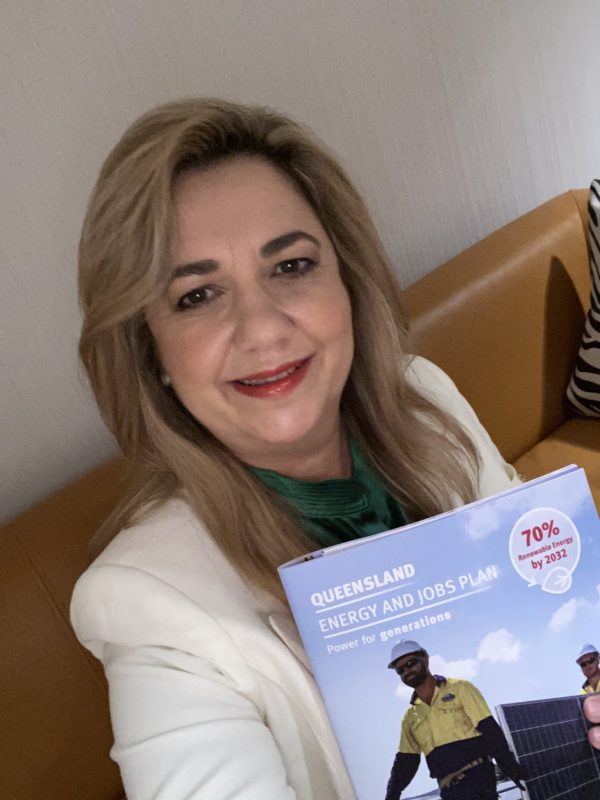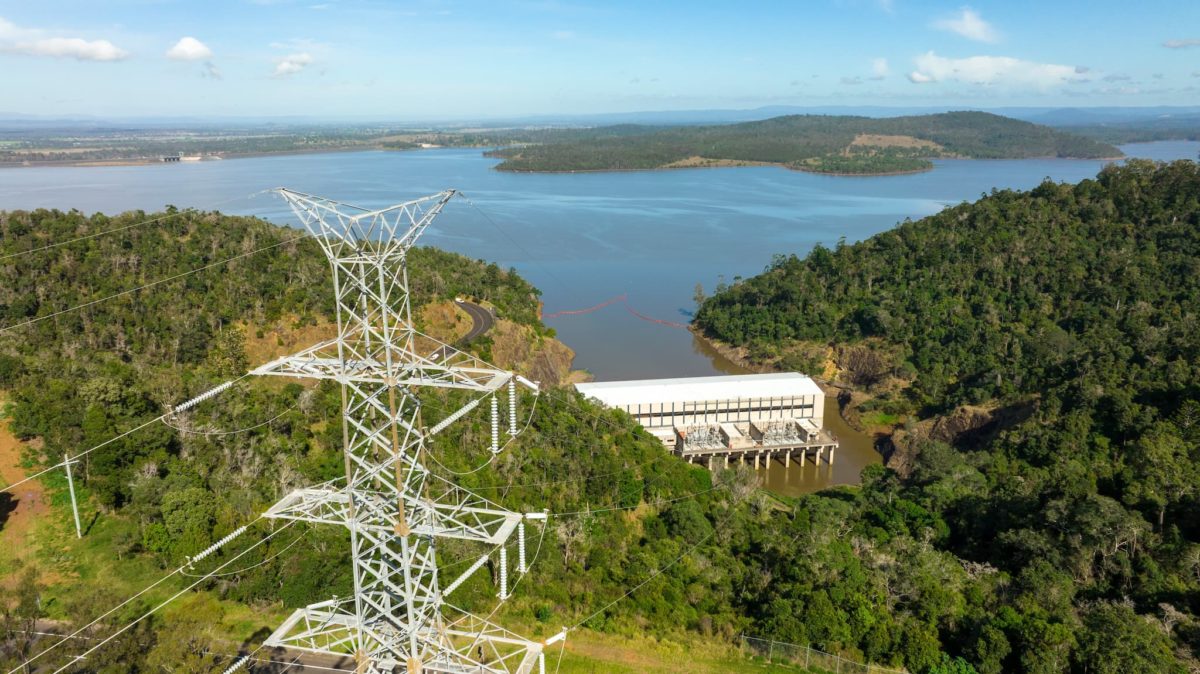Queensland is planning to build two massive pumped hydro facilities, including one on the state’s midcoast which is set to provide 5 GW of storage – enough to supply half of Queensland’s entire energy needs.
“These are projects of national significance on a scale not seen since the construction of Snowy Hydro — bigger than Snowy Hydro,” the Premier said in her address on the plan.
The 2 GW Borumba Pumped Hydro project near Brisbane has been on the cards for some time and is slated for completion by 2030.
The scale of the bigger facility, called the Pioneer-Burdekin pumped hydro project, has only been revealed today.
Dubbing it the “battery of the north,” Premier Palaszczuk said: “it will be the largest pumped hydro energy storage in the world, with 5 gigawatts of 24-hour storage and the potential for stage 1 to be completed by 2032.”
She said the preferred site for the project is 70 kilometres west of Mackay, north of Gladstone.
The world’s largest pumped hydro at Pioneer Burdekin, west of Mackay, will power half of our state. I like to call it "The Battery of the North". It will be bigger than Snowy Hydro, generating 2.5 times the electricity.
— Annastacia Palaszczuk (@a_palaszczuk) September 28, 2022
Palaszczuk emphasised the need for storage in the transition to a renewable energy system. “With climate change there will be more unseasonal rain and other weather events that impact on the reliability of renewables,” she said.
“These events can last for days… that’s why more pumped hydro energy storage is needed.”
“We will maintain majority public ownership of generation and 100% public ownership of transmission and distribution,” Queensland’s Minister for Energy, Renewables and Hydrogen Mick de Brenni added.
New legislated targets
As part of the $62 billion plan, the Queensland government is now aiming for 70% of the state’s energy supply to come from renewables by 2032, and 80% by 2035. These targets will be legislated, the Premier said.
For reference, currently less than a quarter of Queensland’s electricity comes from renewables.
Our Energy Workers Charter and Jobs Security Guarantee ensures workers will have the opportunity to continue careers with publicly-owned energy businesses or elsewhere in the public sector. We will sign this charter immediately following this address today. #StateofQLD #qldjobs
— Annastacia Palaszczuk (@a_palaszczuk) September 28, 2022
Coal conversion
On top of the massive project slate, the Queensland government plans to convert its publicly owned coal power stations to clean energy hubs from 2027, reworking infrastructure and providing guarantees for workers.
“Infrastructure at the clean energy hubs will include: continuing to use the large spinning turbines at the power stations to provide strength for the energy system to take more renewables; grid scale batteries; gas and then later hydrogen power stations; and maintenance hubs for nearby government-owned renewable wind and solar farms,” Palaszczuk said.
Queensland community group Solar Citizens today welcomed the plan. “Our existing coal-fired power stations have strong grid connections so it’s clever to turn them into renewable energy hubs to save on infrastructure costs,” Solar Citizen’s Deputy Director Stephanie Gray said. “It’s also great news for local communities that jobs will be replaced onsite.”
“The Queensland Government’s ongoing commitment to maintaining majority public ownership of our electricity generation, and the additional $2.5 billion announced today for building new publicly-owned renewable plants, means that we can transform our energy system in a planned way that stimulates jobs in communities that need it,” Gray added.
SuperGrid connection
The plan also includes a vision for a “Queensland SuperGrid” to connect solar, wind, battery and hydrogen generators across the state.
This new transmission, the government says, will unlock 22 GW of new renewable capacity – giving the state eight times its current level.

Image: Twitter/ Annastacia Palaszczuk
The vast majority of the government’s investment, 95%, will be made in regional Queensland.
“It is about turbo-charging new investment in new minerals, batteries and manufacturing,” Palaszczuk said.
Kane Thornton, CEO of the Clean Energy Council, praised the Queensland Energy and Jobs Plan. “This is a bold and transformational plan that will set Queensland up to be a world leader on clean energy,” he said.
This content is protected by copyright and may not be reused. If you want to cooperate with us and would like to reuse some of our content, please contact: editors@pv-magazine.com.









While I dont know the local geography of the proposed development, which will cause some inevitable dissent, at least the storage medium and driving force( gravity) wont degrade and fail after 10 years/ 7000 cycles, ( or burn down). It also doesnt need to be kept at an optimal temperature.
A floating or pile mounted PV array can be installed on the water where no weeds will grow underneath and no more land need be cleared either. The shade under the array will reduce evaporation also. Wind power can be easily integrated without efficiency losses in AC / DC conversion for battery charging with resultant damaging varying leading power factors.
There’s a lot of pluses, despite being theoretically less efficient than a popular and fashionable storage technology which occasionally spontaeniously combusts and even if it doesnt, is difficult and expensive to recycle at end of life.
It will be an interesting one to watch indeed.
Well that is good news to me that our Queensland government is doing this.
Yes you are write
When she tweeted that we don’t need coal to power i homes I thought how ironic is was that coal from Adani would be paying for it. Not in my backyard Anna?